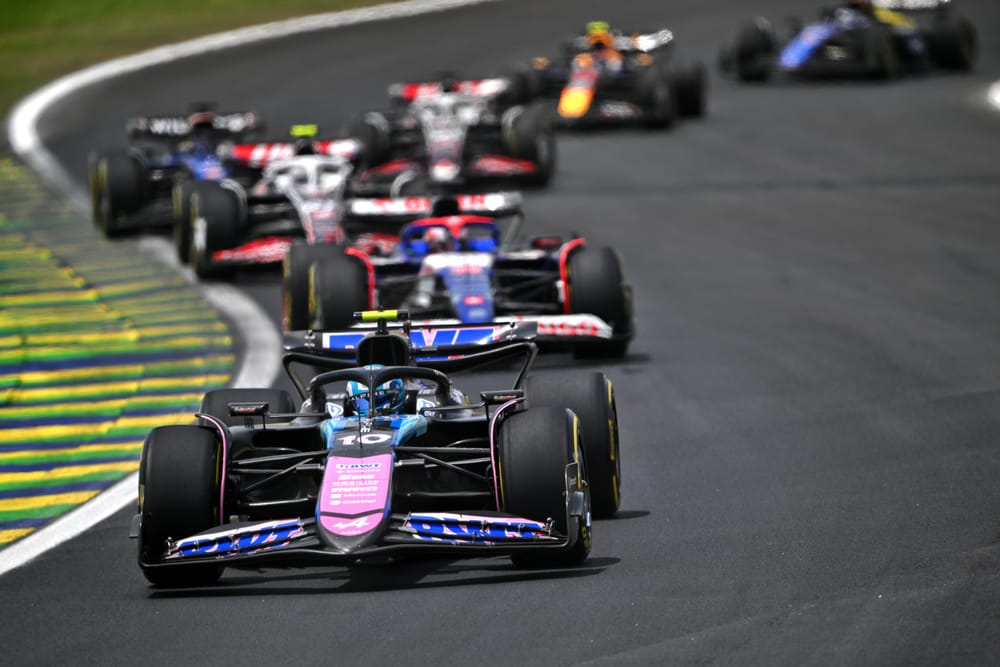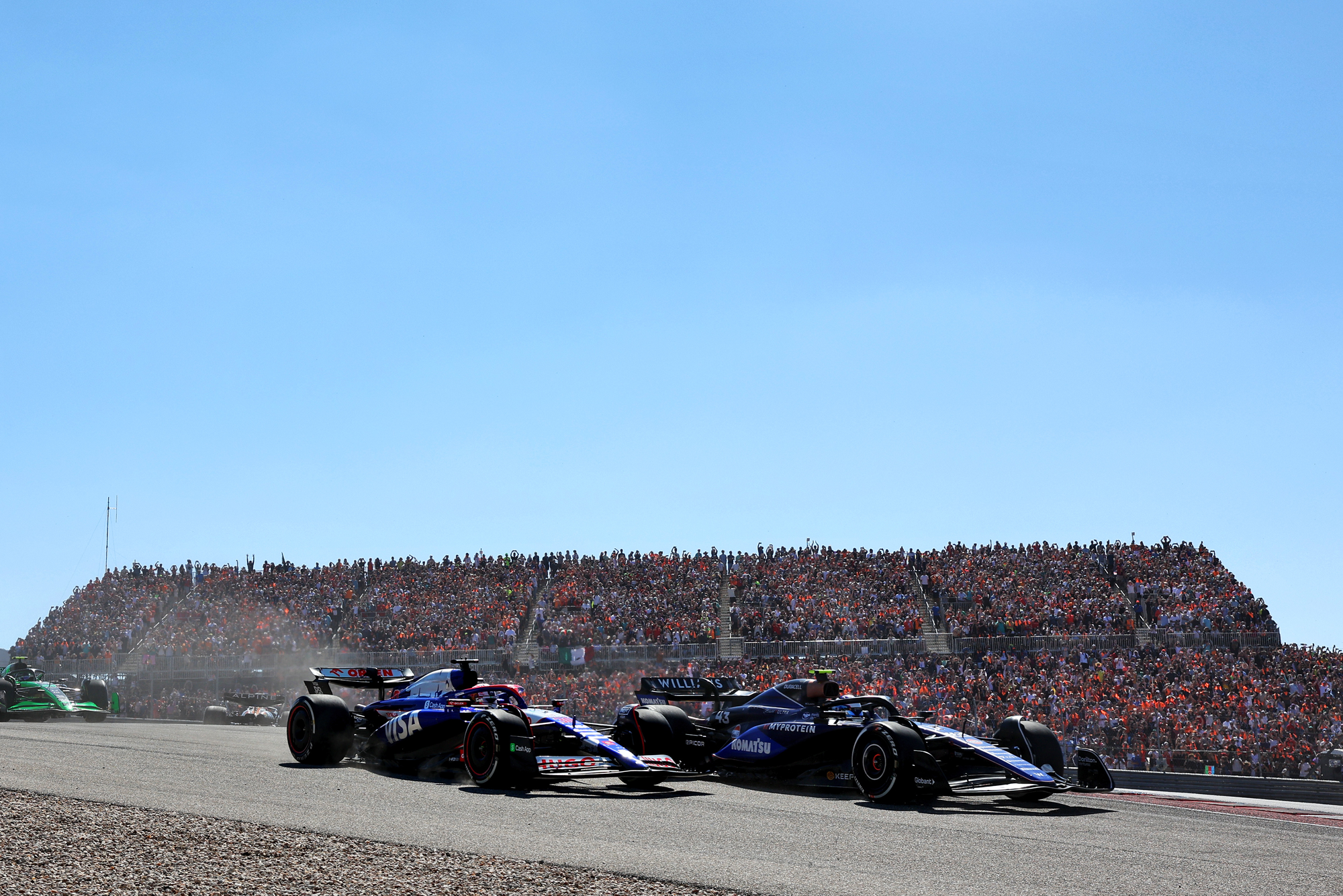Up Next

The 2024 Formula 1 season has been a waking nightmare for Alpine. Or at least, it was until one magical day transformed its fortunes and potentially set it up for a cash bonus of more than $30million.
We all saw the emotional scenes as old friends turned rivals, and Alpine team-mates, Esteban Ocon and Pierre Gasly celebrated finishing second and third in the wet Brazilian Grand Prix - a 35-point score that vaulted Alpine from ninth to sixth in the constructors' championship in one move.
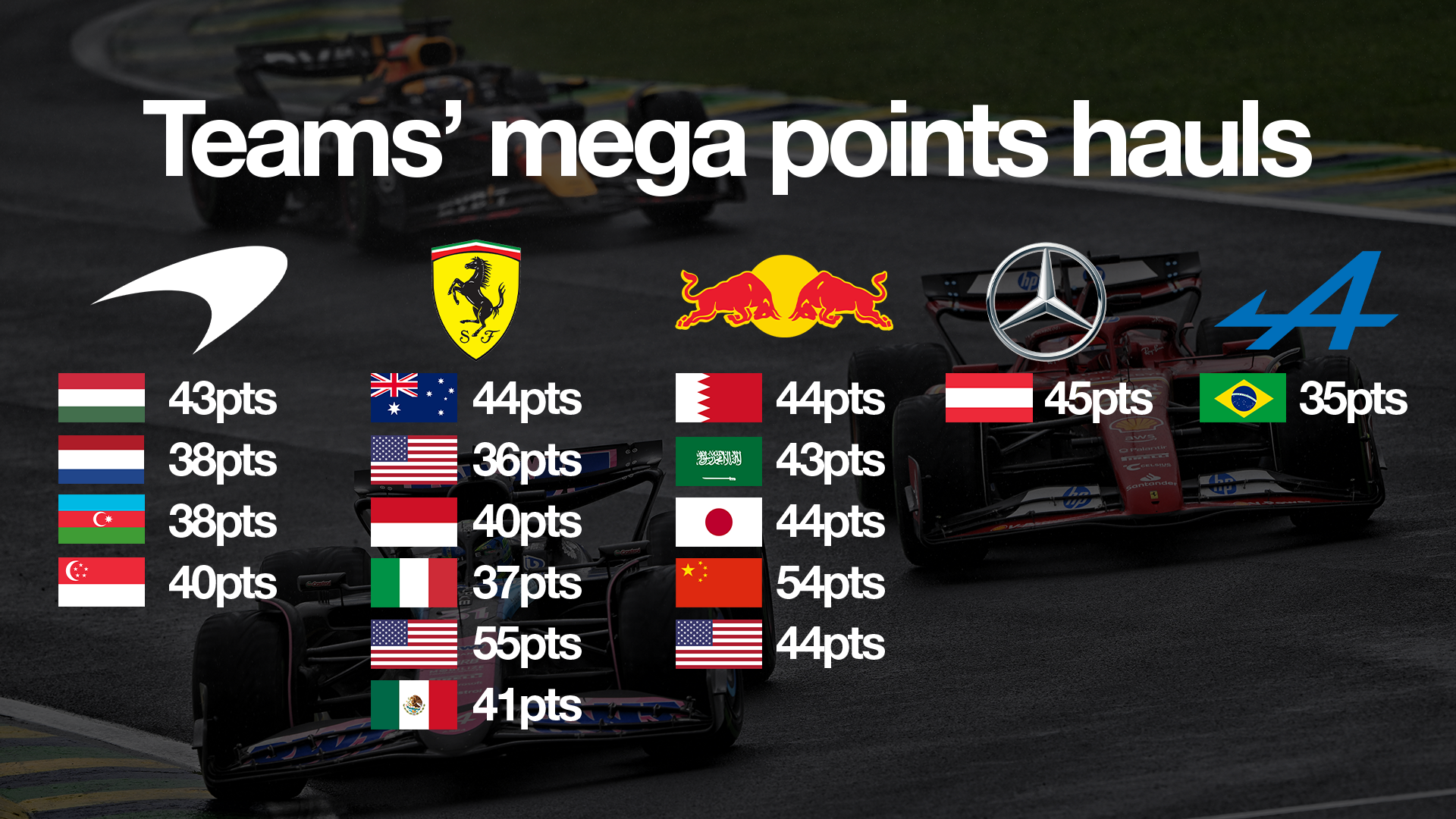
It was a well-deserved boost for the beleaguered team, given its best proper race result prior to that was ninth.
But a day earlier, Gasly did take seventh in the dry Interlagos sprint.
And while Alpine wouldn't have got near a double podium without the rain and bonus of free pitstops under the red flag, the evidence has been building that a team that started 2024 in embarrassingly bad form is well on the way back to respectability.
THE SANCHEZ EFFECT
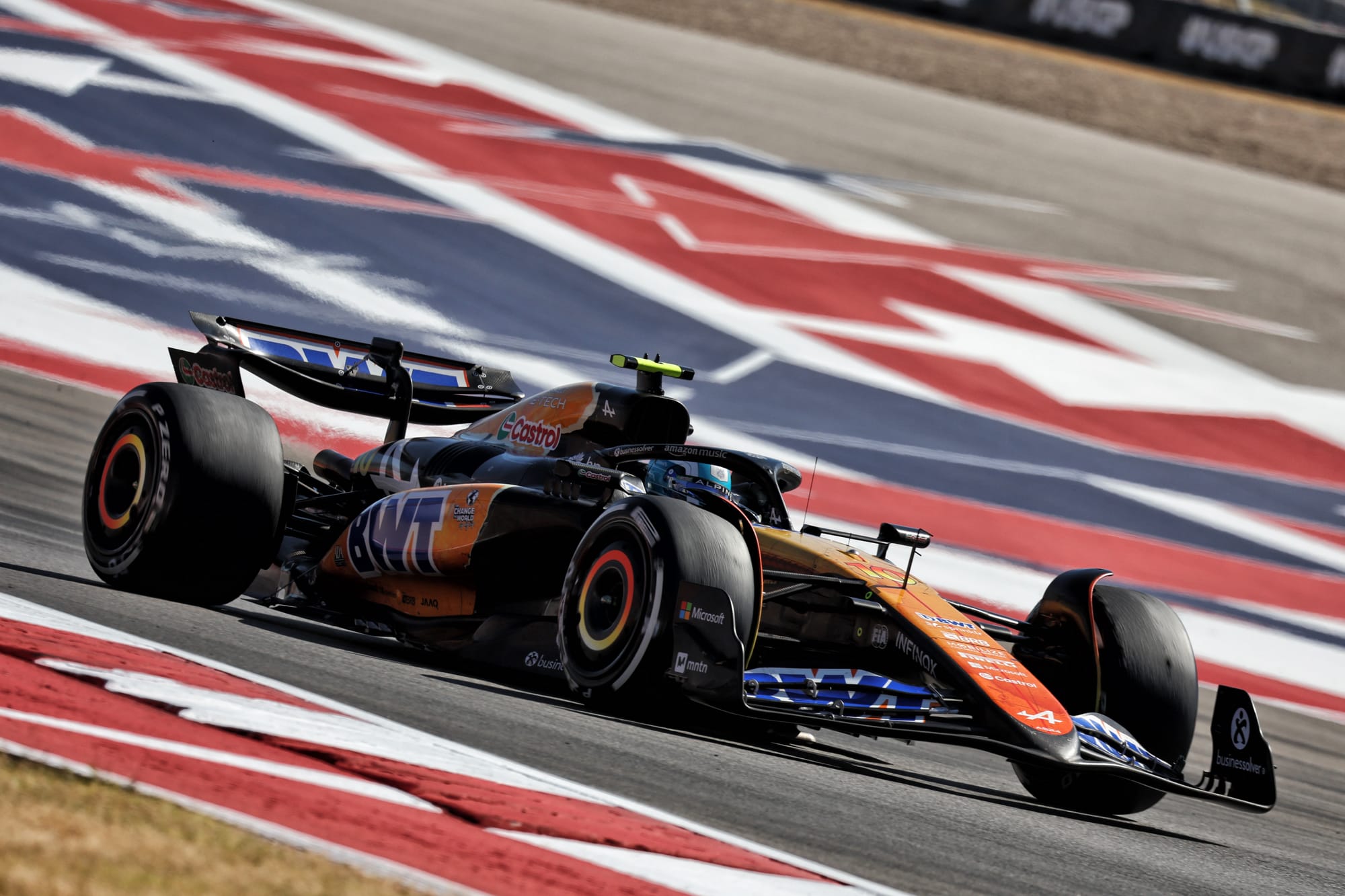
Since starting the year with the slowest car, Alpine has a new team principal, technical leader and has taken the surprise decision to wind down its F1 engine programme and abandon development of its 2026 power unit. One particular decision on that list appears to have really paid off.
Bruno Famin started the season in charge at Enstone, but over the summer break switched his focus back to the engine facility at Viry-Chatillon in France to oversee its transition to other Alpine projects. That followed the appointment of Flavio Briatore, hand-picked by Renault CEO Luca de Meo, with Oliver Oakes then recruited as team principal. And remember, this was the second regime change at the team in a year after Otmar Szafnauer was ousted in 2023.
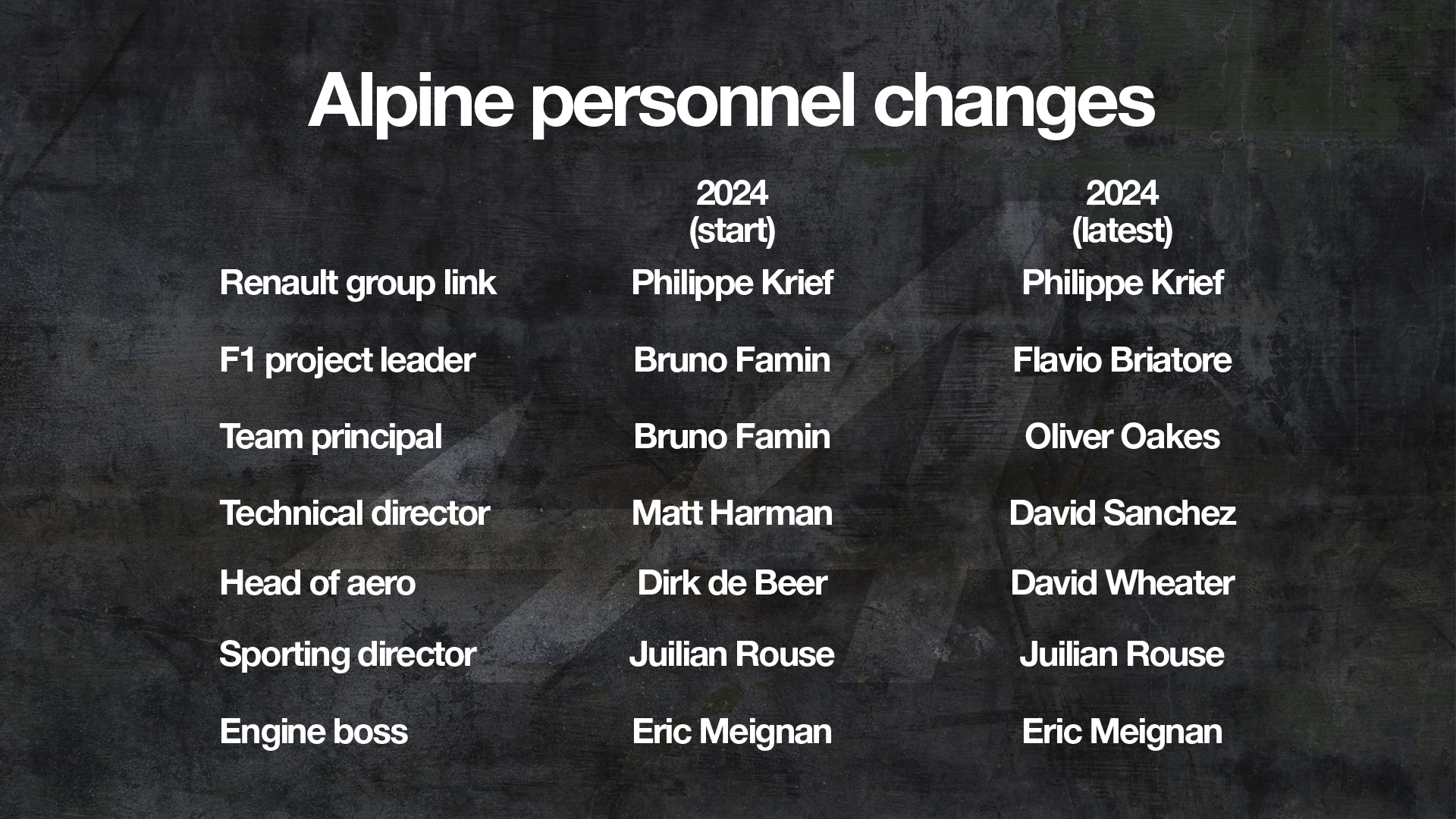
But before that, one of the big storylines of pre-season testing was the resignations of technical director Matt Harman and head of aero Dirk de Beer. The initial response was to appoint a trio of technical directors - Joe Burnell, TD engineering, David Wheater, TD aerodynamics, and Ciaron Pilbeam, TD performance.
Then, in May, David Sanchez joined as executive technical director. Ex-Ferrari man Sanchez, who was available having spent three months at McLaren before leaving by mutual agreement, has had an impact. He put a hold on some planned mid-season upgrades and has had a clear influence on the team's development pathway.
Upgrades were threadbare until a major package arrived for the United States Grand Prix at the start of the recent F1 triple header.
A new floor, modified engine cover and rear wing was introduced there, running only on Gasly's car at Austin but then being given to Ocon for the following weekend at Mexico City.
This conferred not only a downforce gain, but also an improvement in the characteristics of the floor. As Oakes put it: "Since Austin, we've had a bit of pace with this upgrade."
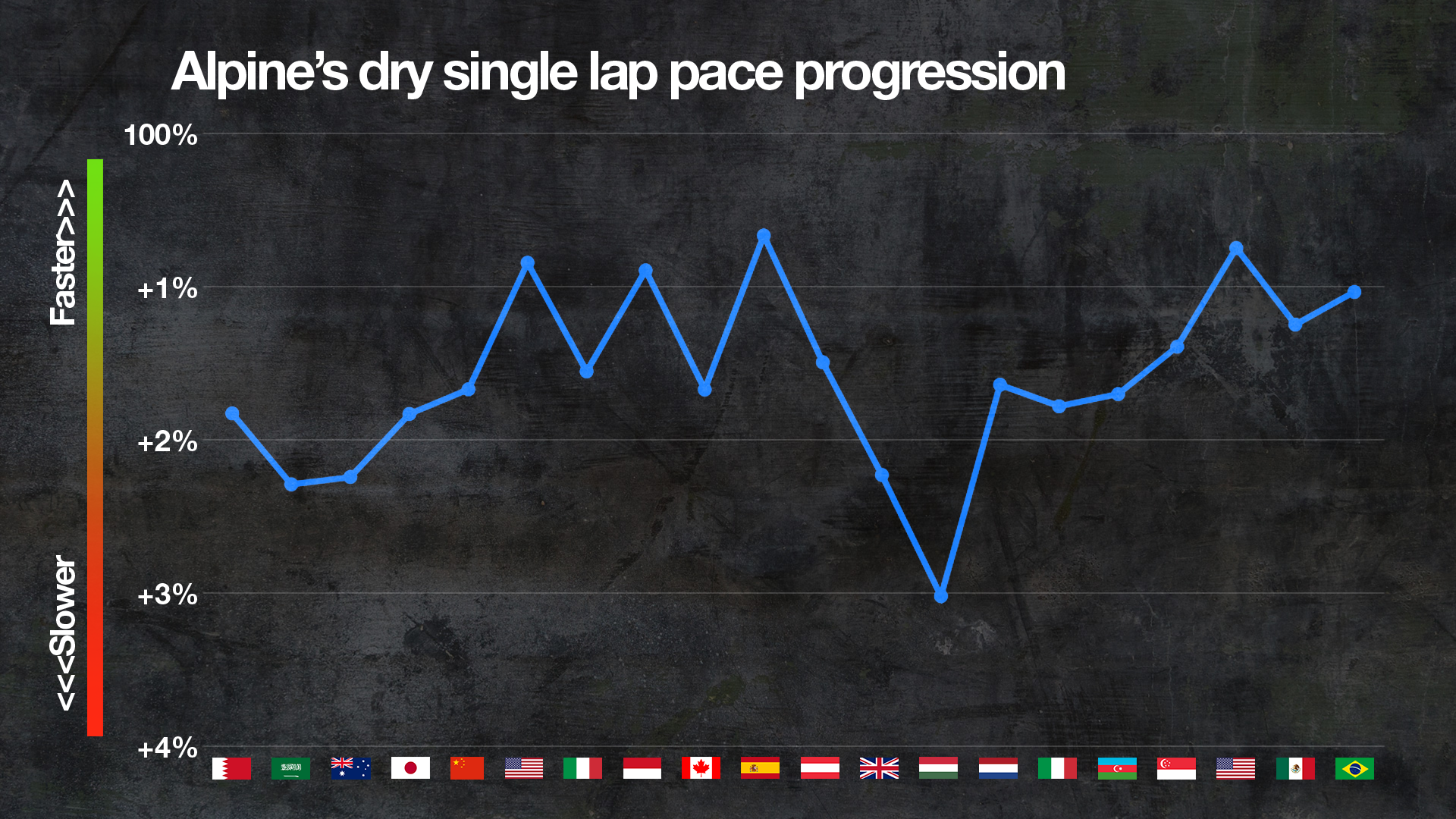
The effect was instant. In the four events prior to Austin, Alpine was generally Q2 fodder at best - and only once, at Monza, did both cars even reach the second stage of qualifying. Yet Gasly was seventh-fastest in qualifying at Austin, held sixth in the first stint and only dropped out of the points because of a strategic blunder.
It was not a one-off. At Mexico City, Gasly was eighth in qualifying, finishing 10th to end a four-race points drought. Then came the Interlagos weekend, which Gasly started by qualifying and finishing seventh in the sprint.
Qualifying went wrong for him in Sunday morning's wet session, but he suffered the same fate as Max Verstappen as he was caught out by the red flag following Lance Stroll's crash. Ironically, Ocon contributed to that situation by passing both cars at the end of their outlaps at Interlagos. This caused what Oakes called "a little bit of needle" with Gasly, although he stressed nobody did anything wrong.
Ocon qualified a superb fourth - and Gasly had the pace to have joined him. The wet race presented an opportunity, with both staying out under the red flag and taking a free tyre change.
But don't forget, Ocon was running third on merit, having overtaken Yuki Tsunoda, before the safety car that preceded the red flag. Gasly, too, ran ninth early on - showing the car had pace. Then, once they were at the sharp end, they held on - with Ocon even leading 14 laps before being overtaken by Verstappen at a safety car restart.
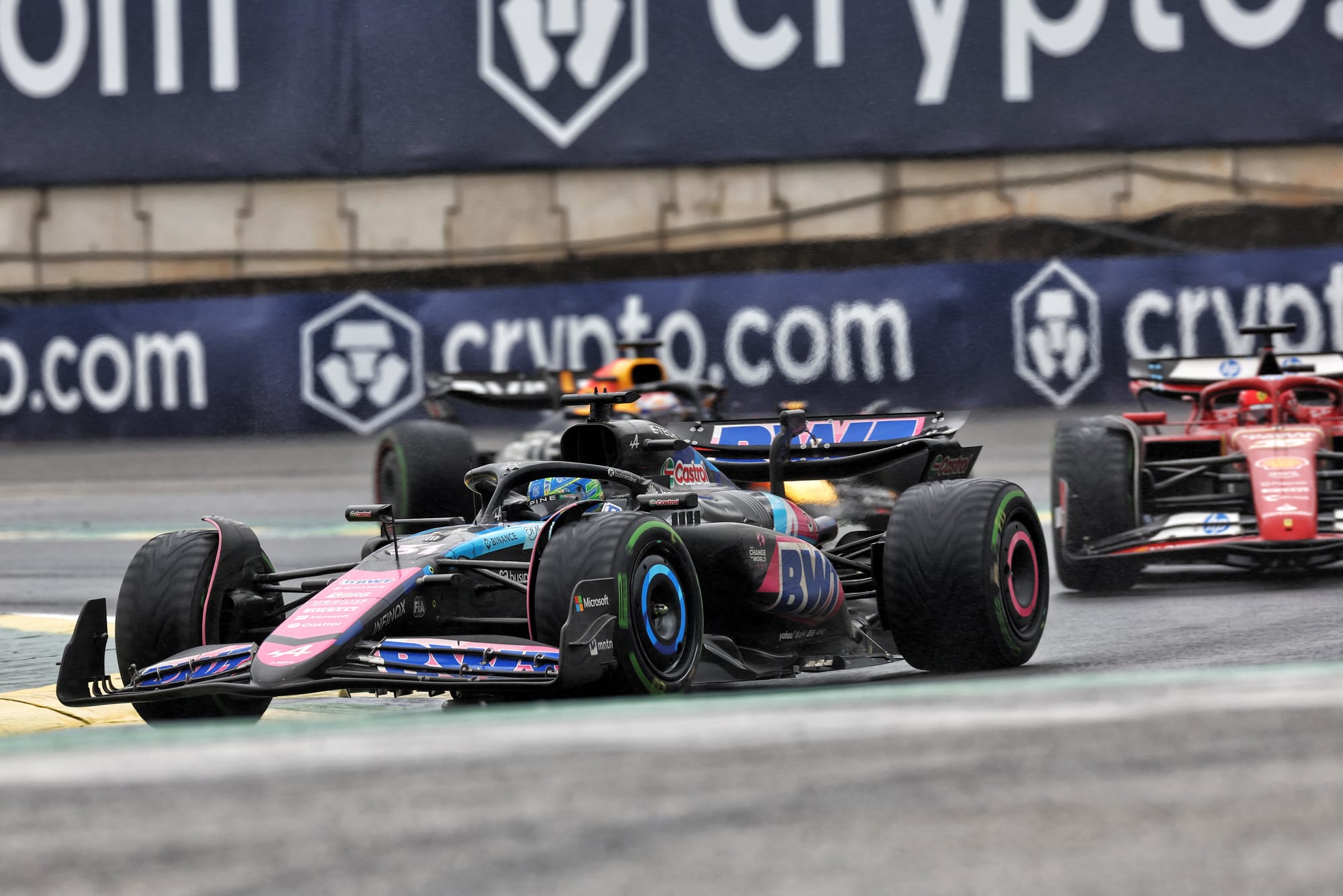
Luck contributed to the result, but it wouldn't have been possible without the improved car pace. The Alpine worked well in the wet conditions, but even in the dry it was a top-10 runner.
It's not perfect, as the mid-corner understeer and a little entry instability limited Ocon, but Gasly thrived and was confident in the dry. Definitive proof the Alpine A524 is a handy midfield car.
Alpine also executed the race well. As Ocon, who took an improbable win for Alpine in Hungary back in 2021, said: "When there's an opportunity, we are always able to take it."
Such progress might not have been possible without the arrival of Sanchez. And it bodes well for the step the team can take in 2025.
CAN IT HOLD ONTO SIXTH?
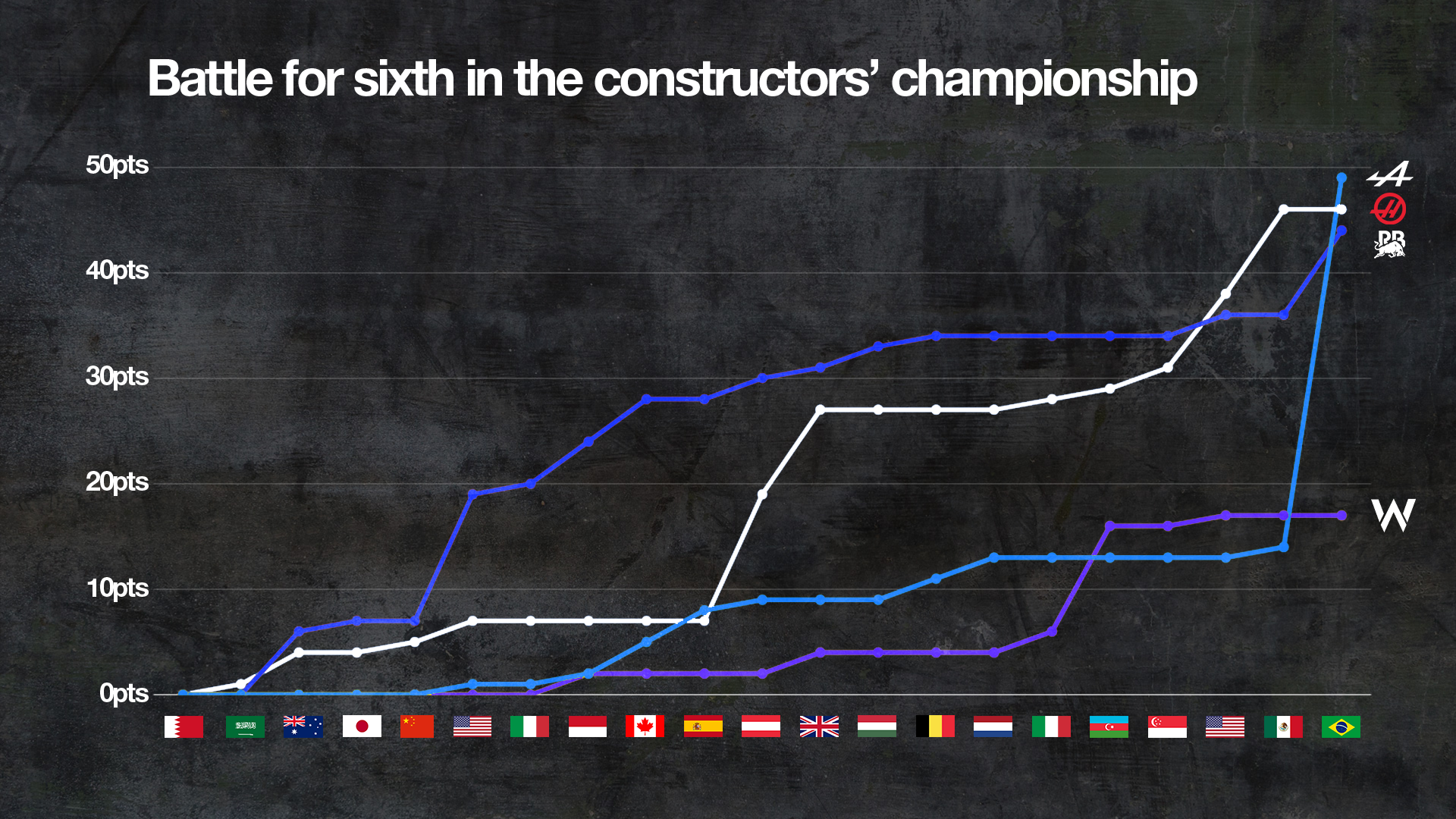
Keeping that sixth place is definitely possible - and there's even the tiniest hint of a chance of overhauling Aston Martin for fifth, although it's desperately unlikely given the 37-point gap.
But it will be a close fight. While Alpine has leaped into contention recently, Haas has been the form team in the midfield of late. Prior to the Interlagos weekend, it was 10 points clear of RB and in good shape.
It still has a strong all-round car, bolstered by a significant aerodynamic upgrade at Austin. That's made it a consistent points threat, although the Haas VF-24 seems not to work well in wet conditions.
Then there's RB, which bagged a healthy eight points at Interlagos. The arrival of Liam Lawson in place of Daniel Ricciardo for Austin is a boost given he contributed points twice in the triple-header, while a recent floor upgrade has stabilised RB after some development difficulties in the middle stages of the season.
Alpine, Haas and RB are currently the three contenders for sixth place - and remember, the difference between being at the front and the back of this trio is over $20m. Money that can make a very big difference to how next season and 2026 rule change preparations look in this ultra-tight part of the grid.

